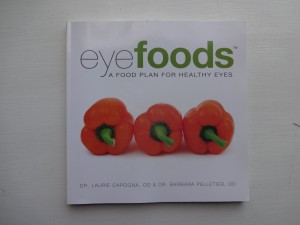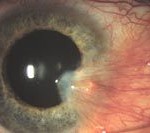A google search looking for “what’s in a cigarette?” produced the list below. Most of the products containing these ingredients earn a special danger or poison label. The substances are not listed on a pack of cigarettes.
Here are a few of the chemicals in tobacco smoke and the other places you can find them (list from the American Lung Association):
Acetone – found in nail polish remover
Acetic Acid – an ingredient in hair dye
Ammonia – a common household cleaner
Arsenic – used in rat poison
Benzene – found in rubber cement
Butane – used in lighter fluid
Cadmium – active component in battery acid
Carbon Monoxide – released in car exhaust fumes
Formaldehyde – embalming fluid
Hexamine – found in barbecue lighter fluid
Lead – used in batteries
Naphthalene – an ingredient in mothballs
Methanol – a main component in rocket fuel
Nicotine – used as insecticide
Tar – material for paving roads
Toluene – used to manufacture paint
How naive am I? I thought all the danger in cigarettes came from the nicotine in the tobacco leaves. I couldn’t understand where all the poisons and toxins on the above list came from. Further googling introduced me to the “additives” in cigarettes. Chemicals are added to the tobacco to flavor and fragrance the cigarette “brand”. There are additives for improving texture and holding the leaves together. I can only assume that burning the tobacco and additives creates more toxins.
 So what does this have to do with eyeballs? Unfortunately smoking contributes to many ocular conditions such as cataracts, macular degeneration, dry eye disease, diabetic retinopathy and retinal vascular occlusions. Fortunately if you quit inhaling the toxic chemicals, the risk of related ocular diseases is nearly extinguished to the non-smoker level.
So what does this have to do with eyeballs? Unfortunately smoking contributes to many ocular conditions such as cataracts, macular degeneration, dry eye disease, diabetic retinopathy and retinal vascular occlusions. Fortunately if you quit inhaling the toxic chemicals, the risk of related ocular diseases is nearly extinguished to the non-smoker level.




